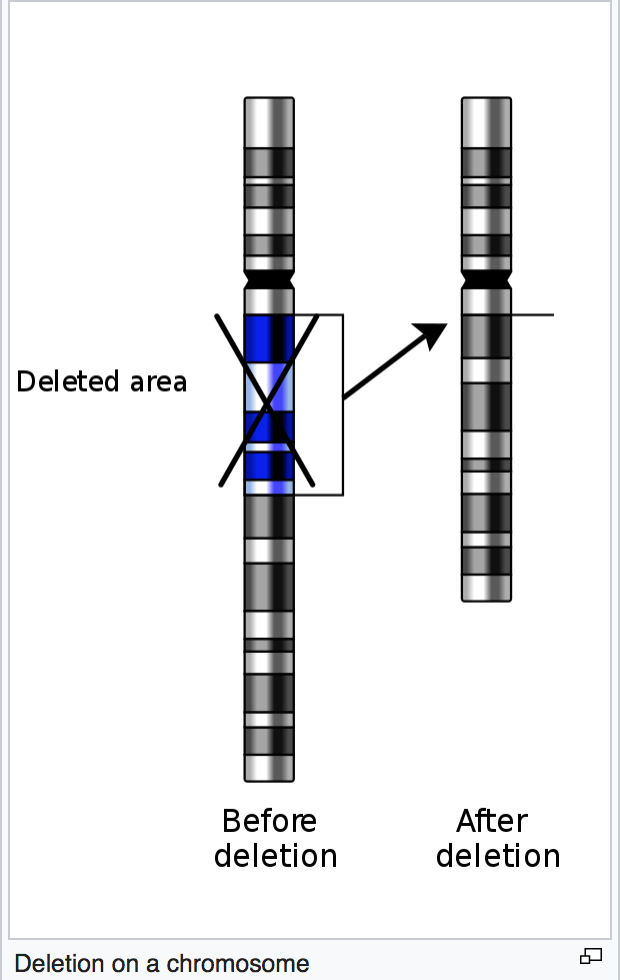
Scientists developed a way to make CRISPR more effective.
CRISPR Tools Allow Scientists to Splice Larger Chromosome Groups
CRISPR has made some amazing advances in gene editing and gene splicing, preventing inherited diseases, such as HIV in twin girls in China recently. While scientists reported mixed results, the initial procedure was a success.
That procedure was only able to be used on a single gene. An article by Stephen Johnson for BigThink.com reports an upgrade to CRISPR. Scientists have developed new tools that allow them to cut and splice large chunks of chromosomes and to assemble new synthetic genomes from distinct strains. This new procedure will allow scientists to develop healthy replacement genes from non-organically grown DNA. However, it’s questionable ethically and legally in different countries.
The findings, published in a paper on August 30 in Sciencemag.org, likely have major implications for fields such as synthetic biology, computational biology and biological computing. The development could lead to better treatments for a wide array of diseases.
The researchers, as Robert F. Service wrote for Science, also altered an enzyme called lambda red recombinase, so it could glue the ends of the original chromosome—minus the removed portion—back together, as well as fuse the ends of the removed portion, according to the story reported in BigThink.
“Both circular strands of DNA are protected from endonucleases. The technique can create different circular chromosome pairs in other cells, and researchers can then swap chromosomes at will, eventually inserting whatever chunk they choose into the original genome.”
CRISPR has made huge differences for deaf couples trying to have a family without their children suffering with the same disability. Now it may offer additional options for gene editing.
“Now, I can make a series of changes in one segment and then another and combine them together. That’s a big deal,” Chang Liu, a synthetic biologist at the University of California, Irvine, told Science.
And to be sure, not everyone is on board with the idea of gene spicing. However, using CRISPR to edit large sections of the human genome is unlikely to occur anytime soon, given the regulatory hurdles and ethical complications. After all, scientists aren’t fully aware of the consequences of making small edits to DNA, and cannot be sure how that may turn up generations from now in that human’s offspring’s biological makeup.
But the effectiveness and the promise this technology holds for so many medical fields means it will gather more funding and it also means new medical fields will be brought to bear on some of life’s imperfections at the gene level. The sky is the limit from here on out.
read more at blogs.biomedcentral.com







Leave A Comment